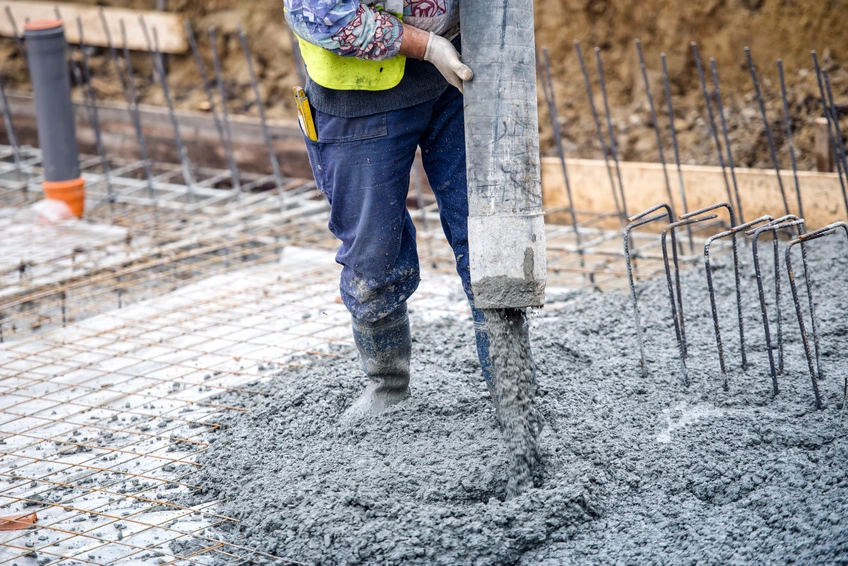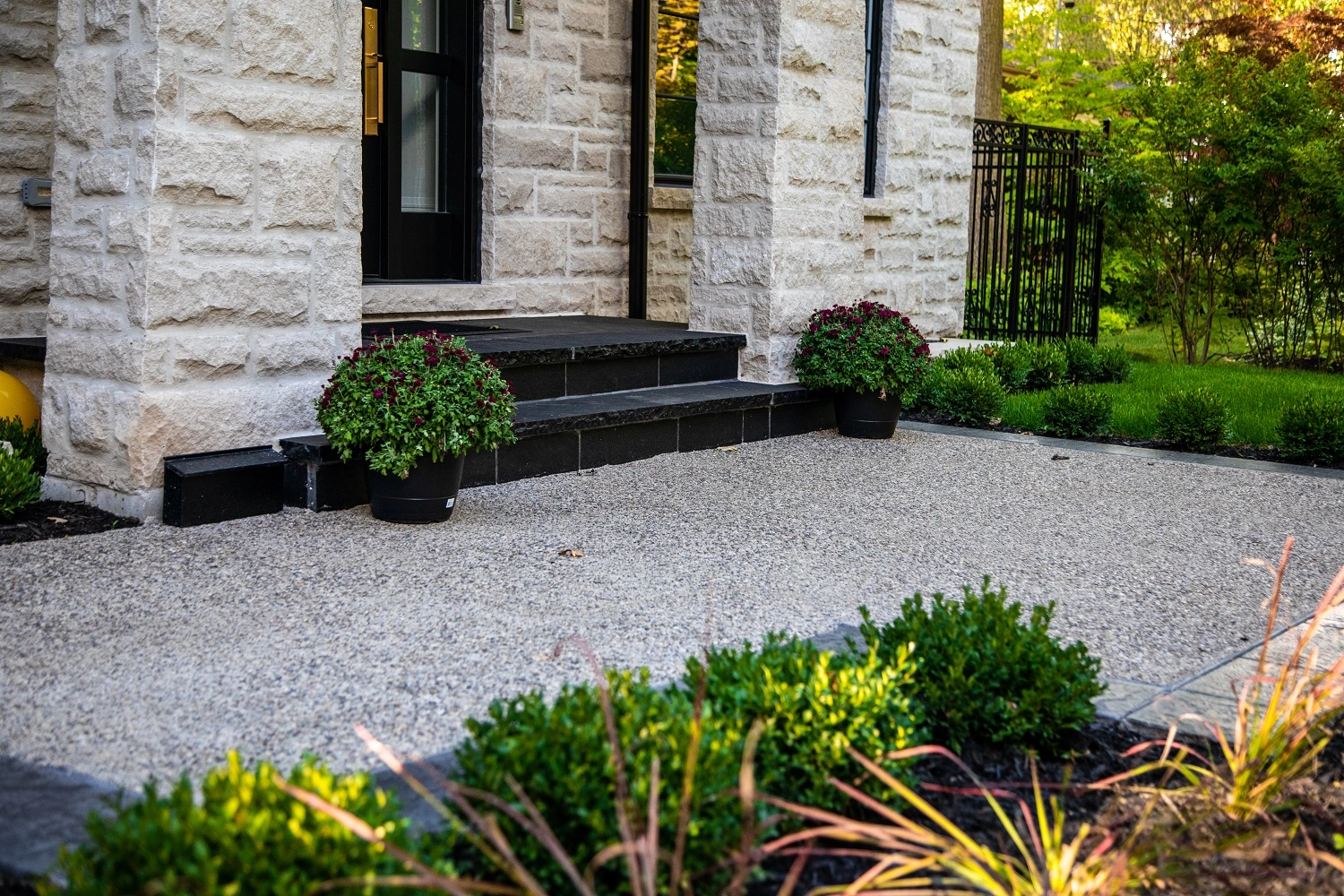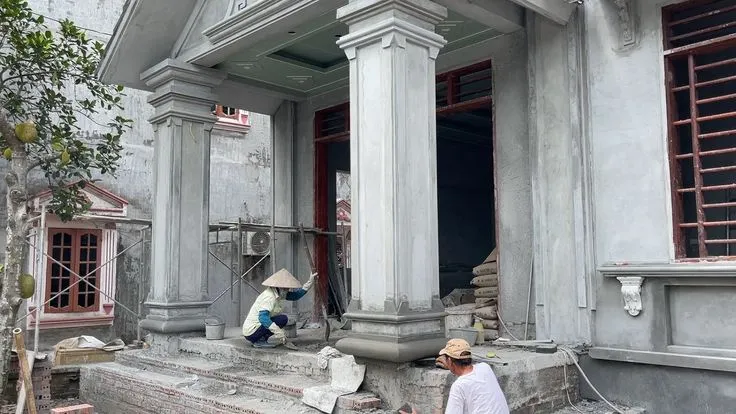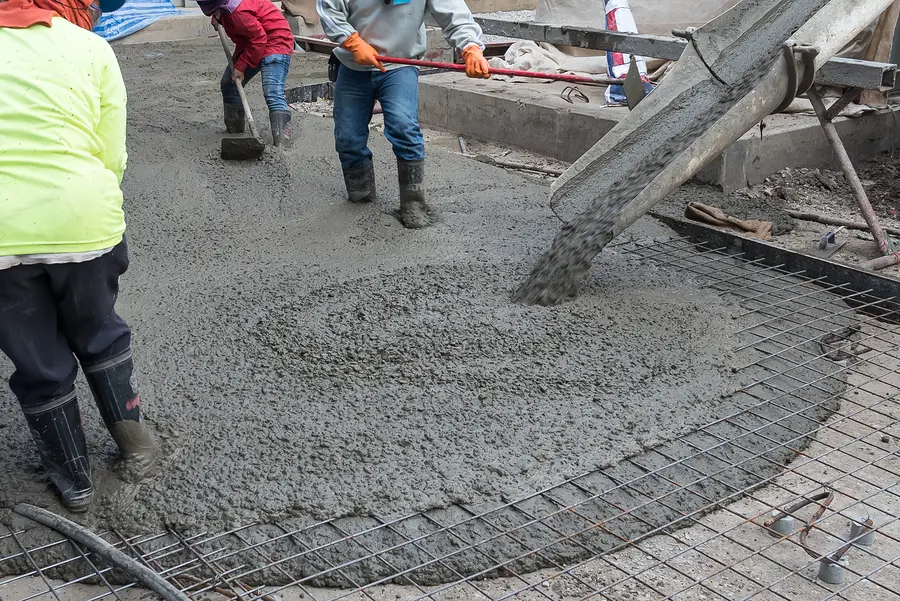Concrete Innovation: Advancing Residential Spaces
The term "concrete innovation" in residential construction describes the application of novel concepts, procedures, or materials to improve the efficiency, robustness, and sustainability of concrete buildings. This invention seeks to lessen its adverse environmental effects while enhancing living environments. Because of its strength and longevity, concrete is frequently used for foundations, walls, floors, and other structural elements in residential buildings.
Innovation in concrete for residential spaces is crucial for several reasons:
It can lead to developing of more efficient and cost-effective building techniques, which can benefit both builders and homeowners. Precast concrete panels, for instance, can shorten building times and save labor expenses.
Innovative concrete solutions can improve the energy efficiency of homes, leading to lower utility bills and a reduced carbon footprint.
Advancements in concrete technology can enhance the aesthetic appeal of residential buildings, allowing for more creative and customizable designs.
Concrete innovation in residential construction plays a vital role in creating sustainable, comfortable, and aesthetically pleasing living spaces. By continuously exploring new ideas and technologies, the construction industry can improve the quality of homes while minimizing environmental impact.
Since the ancient Roman and Egyptian civilizations, concrete has been used in residential construction. Due to its durability and strength, concrete was primarily used for basic structures like foundations and walls. However, with technological advancements, its applications have expanded to include floors, countertops, and decorative elements in modern homes.
Despite its long history of use, traditional concrete has several limitations and challenges in residential construction. One of the main drawbacks is its heavy weight, which can pose challenges during transportation and installation. Additionally, traditional concrete is prone to cracking and shrinking over time, leading to structural issues if not adequately addressed. Another limitation is its poor thermal insulating properties, which can result in higher energy costs for heating and cooling residential spaces.
There has been a growing interest in developing innovative concrete solutions to overcome these limitations in recent years. These innovations include using additives and reinforcements to improve strength and durability and developing lightweight and insulating concrete materials. By addressing these challenges, the construction industry can continue to rely on concrete as a versatile and durable material for residential construction.
Advanced concrete materials, such as high-performance concrete (HPC) and ultra-high-performance concrete (UHPC), revolutionize residential construction with superior strength, durability, and sustainability. Compared to traditional concrete, HPC is designed to meet specific performance requirements, such as higher strength and improved durability. UHPC further enhances this by providing even more strength and enhanced durability, making it perfect for a variety of uses in residential construction.
The benefits of using advanced concrete materials in residential construction are significant:
These materials offer higher strength, allowing for the construction of lighter and more slender structures, leading to cost savings and more efficient use of space.
Modern concrete materials are more resilient to environmental elements like chemical exposure and freeze-thaw cycles, with improved durability and decreased cracking. This results in lower maintenance costs over the building's lifetime.
Advanced concrete materials can contribute to improved energy efficiency in homes, as they can be designed to have better thermal insulating properties than traditional concrete.
Advanced concrete materials are crucial in advancing residential construction. Compared to traditional concrete, they offer superior strength, durability, and sustainability. As the construction industry continues to innovate, these materials are expected to play an increasingly important role in creating high-quality, sustainable homes.
Innovative concrete construction techniques are transforming how residential buildings are constructed, offering faster, more efficient, and cost-effective solutions. One such technique is 3D printing, which involves creating concrete structures layer by layer using robotic arms or printers. This method allows for complex and customized designs with minimal material wastage and labor.
Prefabrication and modular construction are other innovative approaches that involve building components off-site in a controlled environment before assembling them on-site. This technique can significantly reduce construction time and costs while improving the quality and consistency of the final product. Additionally, prefabrication allows for more accessible transportation and installation of components, making it an attractive option for residential construction.
The benefits of these innovative concrete construction techniques are numerous. They can eliminate material waste, drastically cut construction time and costs, and enhance residential buildings' general strength and quality. However, these techniques also have challenges, such as needing specialized equipment, skilled labor, and potential regulatory and logistical hurdles.
Overall, innovative concrete construction techniques offer exciting opportunities for the construction industry to build homes more efficiently and sustainably. As technology advances, these techniques are expected to play a crucial role in shaping the future of residential construction.
Energy efficiency and sustainability are significant factors in contemporary residential buildings, and concrete is crucial to accomplishing these objectives. Because of its superior thermal mass qualities, concrete can effectively absorb and retain heat, assisting in controlling interior temperatures and lowering the demand for heating and cooling. Consequently, homeowners may experience greater comfort levels and reduced energy usage.
In addition to its energy-efficient properties, concrete can contribute to sustainability in residential construction through various practices. One such practice is using recycled materials in concrete production, such as recycled aggregates and fly ash, which can reduce the environmental impact of the concrete output by reducing the need for virgin materials. Another sustainable practice is using locally sourced materials, which can reduce transportation emissions and support local economies.
Furthermore, innovations in concrete production, such as alternative binders and carbon capture technologies, are also helping to reduce concrete's carbon footprint. These practices and energy-efficient design strategies can help create more sustainable and environmentally friendly residential buildings.
Concrete plays a crucial role in energy-efficient and sustainable residential design. By utilizing its thermal mass qualities and using sustainable building and production methods, concrete may assist in cutting energy use, carbon emissions, and the environmental impact of the building.
Innovative concrete technologies are revolutionizing the construction industry by offering creative solutions for monitoring and maintaining the health of concrete structures. One such technology is the integration of sensors into concrete, which allows for real-time monitoring of factors such as temperature, moisture, and stress levels. These sensors can provide valuable data on the strength and durability of the concrete, allowing for early detection of potential issues and more informed maintenance decisions.
Another exciting advancement in innovative concrete technologies is the development of self-healing concrete. This technology involves incorporating capsules filled with healing agents into the concrete mix. The healing ingredients are released when the capsules in the concrete burst, reacting with the surrounding components to seal the fissures. This self-healing mechanism can significantly increase Concrete construction's lifespanshanism, lessening the need for expensive maintenance and repairs.
In general, intelligent concrete technologies provide new approaches to enhancing the longevity and performance of concrete structures. By incorporating sensors for monitoring and self-healing technology, concrete structures can increase their long-term durability, sustainability, and cost-effectiveness. These technologies are anticipated to become more significant in the construction sector as they develop, contributing to the creation of more durable and practical buildings.
Aesthetic and design advancements in concrete have transformed its perception from a primary building material to a versatile and stylish element in modern construction. Innovations in finishes and textures have allowed concrete surfaces to mimic more expensive materials like stone, wood, and even metal, providing a cost-effective and durable alternative.
Concrete is now widely used in interior and exterior design, adding a touch of modernity and sophistication to spaces. Concrete floors, countertops, and feature walls are famous for their industrial-chic aesthetic and durability in interior design. In exterior design, concrete is used for driveways, patios, and facades, offering a clean, minimalist look that complements modern architecture.
Concrete's use in design also aligns with sustainable practices, as it is a long-lasting and low-maintenance material.
Overall, concrete's aesthetic and design advancements have made it a highly desirable material in modern construction. Because of its adaptability, toughness, and sustainability, it's a preferred material among designers, architects, and homeowners who want to build modern, green environments.
FAQs
1. What innovative finishes and textures are available for concrete surfaces?
Concrete surfaces can be given unique textures and finishes using stamping, staining, and polishing methods that imitate the appearance of more costly materials like stone, wood, and metal.
2. How is concrete used in modern interior design?
Concrete is used in modern interior design for floors, countertops, and feature walls due to its industrial-chic aesthetic, durability, and sustainability.
3. What are the benefits of using concrete in exterior design?
In exterior design, concrete is famous for driveways, patios, and facades because of its clean, minimalist look and ability to complement modern architecture.
4. How does concrete contribute to sustainable construction practices?
Because of its thermal mass characteristics, concrete is a long-lasting and low-maintenance material that may help control indoor temperature and save energy for heating and cooling.
5. What are the cost benefits of using concrete in construction?
Concrete is more affordable than costly materials like wood or stone. Its longevity may also result in long-term cost savings on upkeep and repairs.
Conclusion
The advancements in concrete technology have revolutionized residential construction, offering innovative solutions for energy efficiency, sustainability, and aesthetic appeal. The possibilities for creating durable, efficient, and beautiful homes are endless, from advanced materials like high-performance concrete to intelligent technologies like sensors and self-healing concrete.
As we look to the future of residential construction, concrete will continue to play a crucial role in shaping sustainable and resilient buildings.
Contact us today to learn how concrete innovations can benefit your residential construction projects. Our team of experts is ready to help you explore the latest advancements in concrete technology and find the best solutions for your construction needs. Together, we can build a better tomorrow with concrete.




